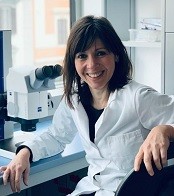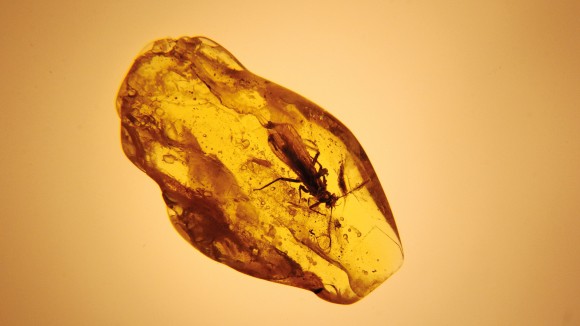 Emanuela Cristiani is an Associate Professor in Prehistoric Archaeology at the Sapienza University of Rome, where she is also the director of the DANTE - Diet and Ancient Technology laboratory. She is an archaeologist interested in cultural traditions, ancient dietary strategies and technology of ancient hunter-gatherer societies of southern Europe. Emanuela Cristiani is specialized in use-wear traces and residue analysis of ancient material culture and human dental calculus. Dr Cristiani has been an Editorial Board Member for Scientific Reports since 2019.
Emanuela Cristiani is an Associate Professor in Prehistoric Archaeology at the Sapienza University of Rome, where she is also the director of the DANTE - Diet and Ancient Technology laboratory. She is an archaeologist interested in cultural traditions, ancient dietary strategies and technology of ancient hunter-gatherer societies of southern Europe. Emanuela Cristiani is specialized in use-wear traces and residue analysis of ancient material culture and human dental calculus. Dr Cristiani has been an Editorial Board Member for Scientific Reports since 2019.
 Dong Hoon Shin is a Biological Anthropologist at Seoul National University. His research interest has been focused on pre-modern people’s health and disease status. Using research tools ranging from anatomical to various biochemical analyses, he has worked to reveal the changing patterns of physical or pathological traits of our ancestors throughout history. His topics of study include the paleopathological work on ancient bones and research of viral, bacterial, or helminthic pathogens in archaeological human specimens. Professor Shin has been an Editorial Board Member for Scientific Reports since 2015.
Dong Hoon Shin is a Biological Anthropologist at Seoul National University. His research interest has been focused on pre-modern people’s health and disease status. Using research tools ranging from anatomical to various biochemical analyses, he has worked to reveal the changing patterns of physical or pathological traits of our ancestors throughout history. His topics of study include the paleopathological work on ancient bones and research of viral, bacterial, or helminthic pathogens in archaeological human specimens. Professor Shin has been an Editorial Board Member for Scientific Reports since 2015.
 Chuan-Chao Wang is a geneticist currently working as a Professor and Director at the Institute of Anthropology, Xiamen University. He earned his Ph.D. from Fudan University in 2015 and received his postdoctoral training at Harvard Medical School and Max Planck Institute for the Science of Human History. His work primarily focuses on using an ancient DNA approach to study the genetic structure, admixture, origin, and dispersal of human populations. Professor Wang has been an Editorial Board Member for Scientific Reports since 2017.
Chuan-Chao Wang is a geneticist currently working as a Professor and Director at the Institute of Anthropology, Xiamen University. He earned his Ph.D. from Fudan University in 2015 and received his postdoctoral training at Harvard Medical School and Max Planck Institute for the Science of Human History. His work primarily focuses on using an ancient DNA approach to study the genetic structure, admixture, origin, and dispersal of human populations. Professor Wang has been an Editorial Board Member for Scientific Reports since 2017.

